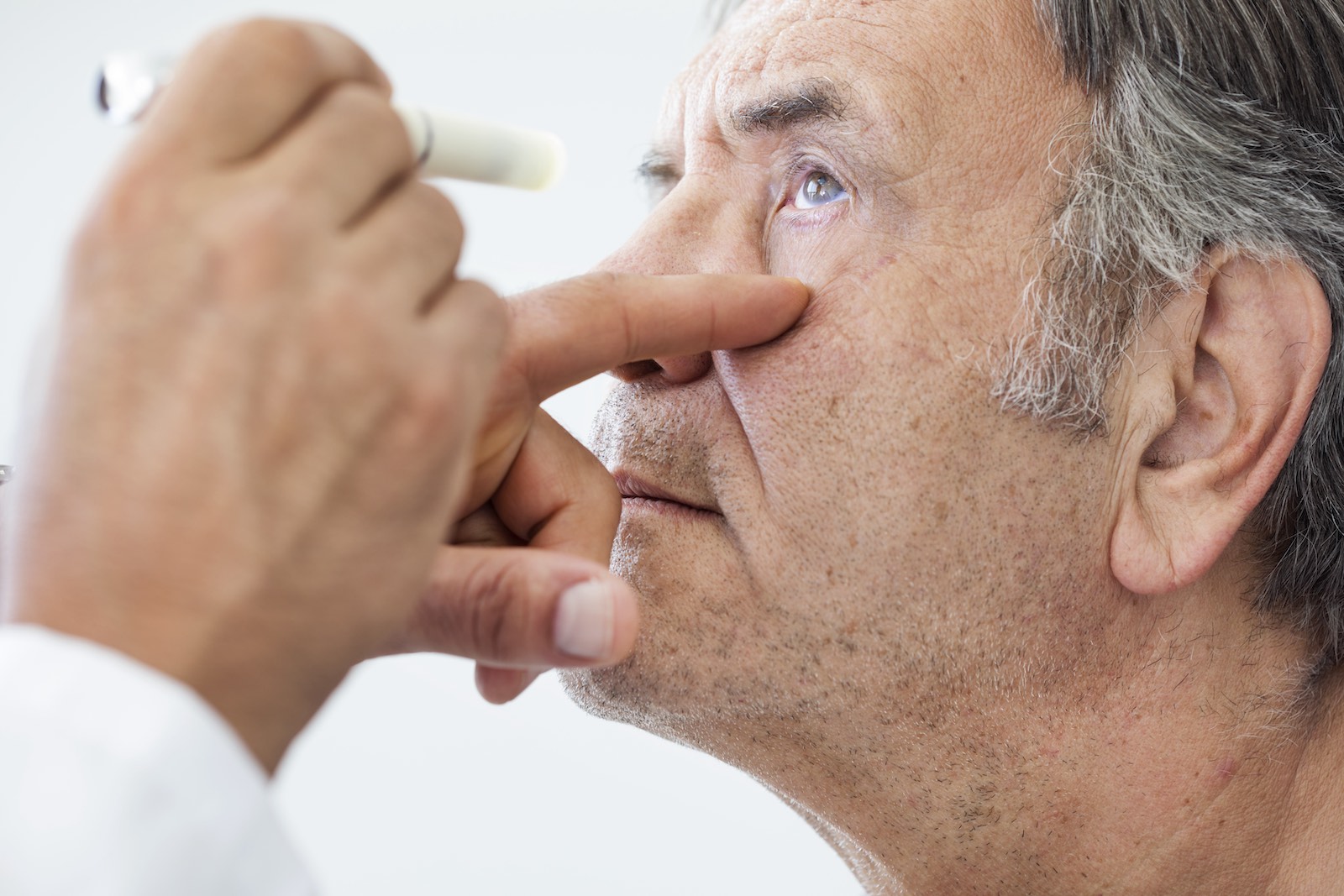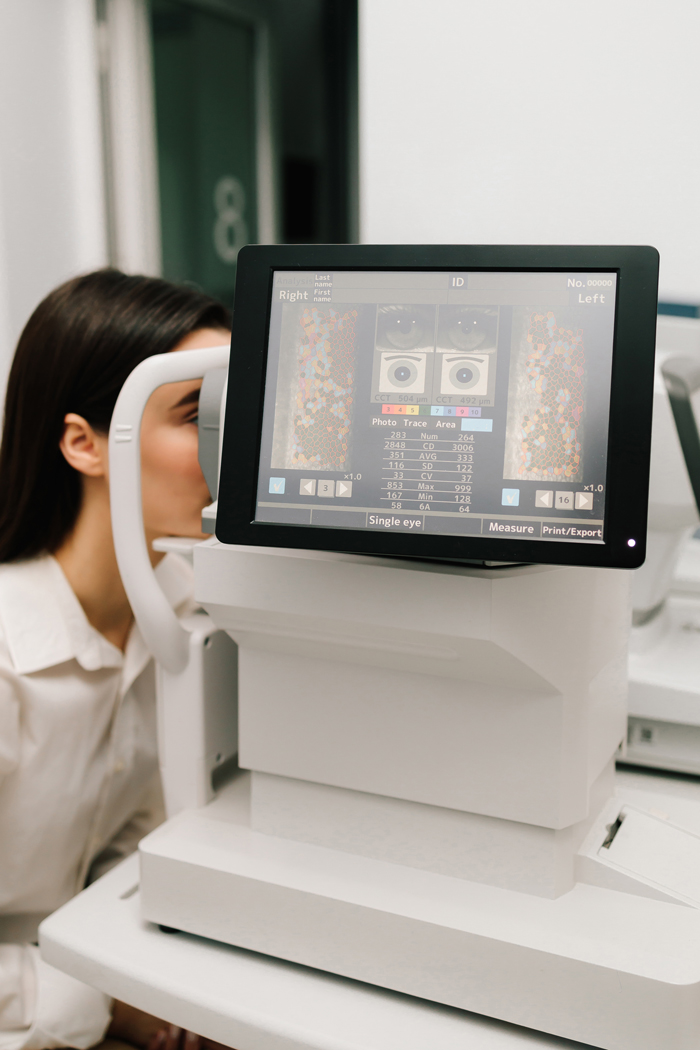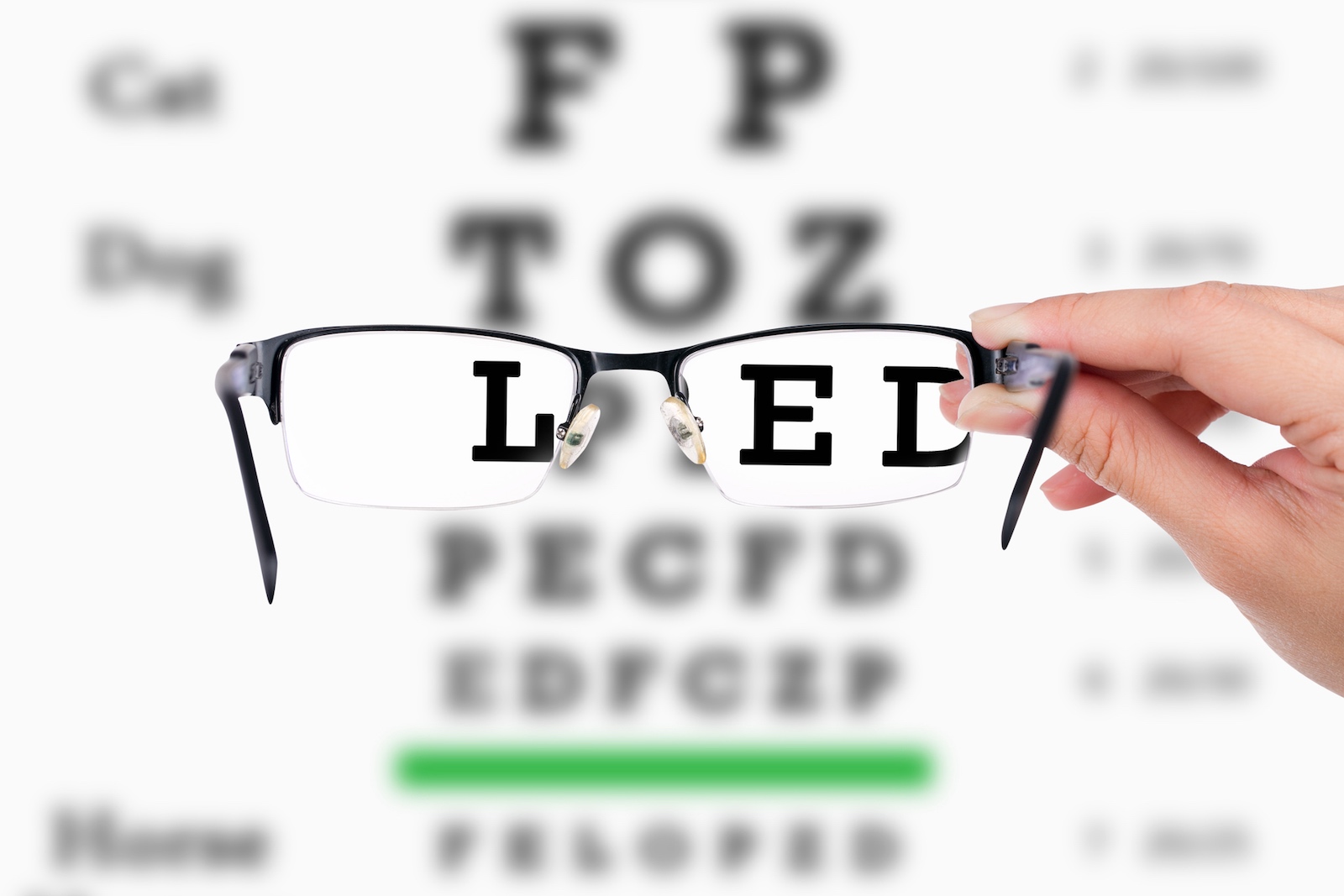Overview
Plaquenil Toxicity
What is Plaquenil
Plaquenil, the brand name for hydroxychloroquine sulfate, is a prescription medication originally developed to treat and prevent malaria. Over time, it has become a mainstay in the treatment of several autoimmune and inflammatory diseases. Despite its therapeutic benefits, Plaquenil carries a risk of serious and irreversible retinal toxicity, especially when used over extended periods.
Medical Uses of Plaquenil
Hydroxychloroquine is now most commonly prescribed for the following chronic conditions:
- Systemic Lupus Erythematosus (SLE): Helps control inflammation and reduce disease flares
- Rheumatoid Arthritis (RA): Reduces joint inflammation and slows disease progression
- Sjögren’s Syndrome: Used off-label to manage fatigue, joint pain, and systemic symptoms
- Other autoimmune and dermatologic conditions: Including dermatomyositis, cutaneous lupus, and sarcoidosis
Plaquenil is often chosen for long-term use due to its relatively mild systemic side effect profile compared to stronger immunosuppressants. It is frequently used in combination with other drugs and is valued for its ability to reduce the need for corticosteroids.
Why Long-Term Use Poses a Risk to Vision
Although Plaquenil is generally considered safe at recommended doses, its retinal toxicity – meaning damage to the light-sensing cells of the retina – is a well-documented and serious adverse effect. The risk is directly related to both daily dose and cumulative duration of therapy.
According to a landmark 2014 study of 2,361 patients published in JAMA Ophthalmology, the risk of developing retinal toxicity is:
- Less than 2% during the first 10 years of use at or below the recommended dose of 5.0 mg/kg/day (based on actual body weight)
- As high as 20% after 20 years of use, even at recommended doses
Additional risk factors that can accelerate toxicity include:
- Renal disease, which impairs clearance of the drug and raises blood levels
- Concurrent use of tamoxifen, a drug that independently damages retinal tissue
- Dosing errors, especially in underweight patients or those prescribed by ideal (not real) body weight
Retinopathy may continue to progress even after the drug is stopped, particularly if detected at an advanced stage. That’s why early screening is essential – but, unfortunately, not always performed correctly in clinical practice.
How Plaquenil Damages the Eyes: Mechanism of Retinal Toxicity
Hydroxychloroquine toxicity primarily affects the retinal pigment epithelium (RPE) and photoreceptor cells, which are essential for visual function. The exact mechanisms are still being studied, but several key findings are supported by clinical and laboratory research:
- Melanin Binding:
Hydroxychloroquine has a high affinity for melanin, a pigment found in large quantities within the RPE. This allows the drug to accumulate in retinal tissue over time. While melanin may initially act as a reservoir, prolonged exposure results in cellular stress and eventual dysfunction - Photoreceptor and RPE Damage:
Toxicity begins with outer retinal layer damage, particularly to photoreceptors, the cells responsible for converting light into vision. As these cells degenerate, secondary damage occurs to the RPE. Over time, this leads to the classic “bull’s-eye” maculopathy pattern seen in advanced cases.- Pattern of Damage Varies by Ethnicity:
- Non-Asian patients typically develop damage in the parafoveal region – the area surrounding the center of the retina.
- Asian patients often develop toxicity in a more peripheral pattern near the vascular arcades, which may be missed if screening focuses only on the central retina
- Irreversibility of Damage:
Retinal toxicity caused by Plaquenil is not reversible. Once photoreceptor cells are lost or the RPE is compromised, there is no medical or surgical treatment to restore vision. Early detection is the only way to prevent serious visual impairment
What is Plaquenil Toxicity?
Hydroxychloroquine retinopathy, also referred to as Plaquenil toxicity, is a medication-induced injury to the retina – specifically to the photoreceptors and the retinal pigment epithelium (RPE) – caused by prolonged use of hydroxychloroquine (Plaquenil). Though the condition may be asymptomatic in early stages, it can lead to permanent, progressive, and irreversible vision loss if not identified and managed appropriately.
What Is Hydroxychloroquine Retinopathy?
Hydroxychloroquine retinopathy is a form of toxic maculopathy. It occurs when hydroxychloroquine accumulates in retinal tissues and begins to damage the photoreceptors, which are the light-sensing cells critical to vision. This is typically a bilateral condition (affecting both eyes) and may initially affect visual function in subtle ways – such as difficulty reading or noticing small blind spots – long before any abnormalities are visible on routine eye exams.
The damage tends to occur in specific retinal zones depending on the patient’s racial background:
- Parafoveal region in patients of European, Hispanic, or African-American descent
- Pericentral (extramacular) region in many Asian patients, requiring broader retinal screening for accurate detection
Retinal Damage Is Irreversible Once RPE Is Affected
One of the most critical features of Plaquenil toxicity is that retinal damage is not reversible, and there are no known treatments to repair the retinal architecture once degeneration has occurred.
Initially, hydroxychloroquine affects the photoreceptor outer segments, which may still allow for recovery if the drug is discontinued early. However, when the toxic process extends to the retinal pigment epithelium (RPE) – a vital layer responsible for supporting photoreceptor health – the damage becomes permanent and often progressive, even if the medication is stopped.
According to peer-reviewed studies, once RPE thinning or loss is detectable (e.g., via OCT or autofluorescence imaging), patients are at increased risk of ongoing deterioration of central vision over months or years – even after Plaquenil has been discontinued
For this reason, early detection before RPE damage is the most important opportunity to preserve vision.
Key Risk Factors for Developing Plaquenil Toxicity
The likelihood of hydroxychloroquine-induced retinal damage varies considerably among patients. Research has identified several major, quantifiable risk factors that significantly elevate the chance of toxicity:
1. High Daily Dose (>5.0 mg/kg Actual Body Weight)
Dose is the single most important risk factor. A 2014 study in JAMA Ophthalmology (Melles & Marmor) of over 2,300 long-term hydroxychloroquine users demonstrated that:
- Patients taking >5.0 mg/kg/day (based on actual body weight) had a sharply increased risk of developing retinopathy.
- The risk was dose-dependent and increased more steeply when ideal body weight was used instead of actual weight, particularly in underweight individuals
Key Point: Even routine doses by outdated standards may exceed modern safety thresholds. Doctors must calculate dose correctly using the patient’s actual body weight to minimize harm.
2. Long Duration of Use (Especially Beyond 5–10 Years)
While toxicity can develop in fewer than five years in high-risk patients, the majority of cases occur after extended cumulative use. At standard therapeutic doses:
- Under 5 years: Risk is <1%
- 5–10 years: Risk increases but remains under 2%
- Beyond 20 years: Risk rises sharply to 20% or more
Important: Even in patients with no detectable damage for many years, the risk does not plateau. Long-term use, even at proper doses, requires lifelong screening.
3. Renal Disease (Reduced Kidney Function)
Hydroxychloroquine is primarily excreted by the kidneys. In patients with impaired renal function – which is common in individuals with lupus or diabetes – the drug can accumulate to toxic levels, even at standard doses.
- The 2016 AAO guidelines and 2020 multi-society joint statement both identify renal disease as a major risk factor for retinopathy
- Patients with reduced glomerular filtration rate (GFR) may require dose adjustments and earlier or more frequent screening.
Unfortunately, renal function is not always reassessed when adjusting hydroxychloroquine therapy, exposing patients to preventable harm.
4. Concomitant Use of Tamoxifen
Tamoxifen, a medication commonly used for breast cancer prevention or treatment, is a retinal toxin in its own right. Studies have shown that taking tamoxifen alongside hydroxychloroquine increases the risk of retinopathy by approximately five-fold
This appears to be a synergistic effect, although the exact mechanism is not fully understood. Patients on both medications require stricter dose management and enhanced surveillance for early signs of damage.

Vision Problems Caused by Plaquenil (Hydroxychloroquine) Use
Plaquenil, also known as Hydroxychloroquine, is a commonly prescribed medication for managing symptoms of autoimmune diseases such as Lupus and Rheumatoid Arthritis. It helps reduce inflammation and control flare-ups in these chronic conditions.
While Plaquenil can be effective, long-term use or high doses of this drug can lead to serious eye complications and permanent vision loss. Patients who have taken Plaquenil over extended periods are at increased risk for developing Plaquenil-induced retinopathy and other vision problems.
How Common Is Eye Damage from Plaquenil?
While hydroxychloroquine (Plaquenil) has been prescribed for decades, the true prevalence of retinal toxicity was underestimated for many years. Early reports relied on visible damage seen through ophthalmoscopy – typically at advanced stages. With the introduction of high-resolution imaging techniques like spectral-domain optical coherence tomography (SD-OCT) and automated visual field testing, researchers have discovered that Plaquenil-induced retinal toxicity is more common than previously believed, especially among long-term users.
Landmark Study: The 2014 Melles & Marmor Cohort
The most influential data come from a large-scale study of 2,361 patients published in JAMA Ophthalmology (Melles & Marmor, 2014) – still widely cited by the American Academy of Ophthalmology (AAO) and other medical societies.
This study examined patients using hydroxychloroquine for more than five years, with modern diagnostic tools (OCT and 10-2 visual fields). Its findings revealed that:
| Years on HCQ (≤5.0 mg/kg actual weight) | Cumulative Risk of Retinopathy |
| 0–5 years | <1% |
| 6–10 years | <2% |
| 11–20 years | ~11.5% |
| >20 years | ~20–25% |
Key Insight: The risk of retinal damage does not remain constant. It increases exponentially with time, even when the medication is dosed appropriately
The study also found that most early cases of retinopathy had no symptoms, which underscores the importance of screening with sensitive imaging.
Broader Evidence from Additional Studies
Subsequent research across the globe has largely confirmed these figures:
- A 2020 study in the Journal of Rheumatology evaluating long-term users in Korea found a retinopathy rate of 9.5% among patients who had taken hydroxychloroquine for over 10 years
- A 2018 British cohort using Royal College of Ophthalmologists criteria found prevalence rates of 7–11%, depending on diagnostic method and patient selection.
- In a 2021 joint statement from four U.S. medical societies (AAO, ACR, AAD, RDS), researchers agreed that the overall prevalence among long-term users is in the range of 7–10%, with the highest risk occurring after 15–20 years
Impact of Dose: The 5.0 mg/kg Threshold
Across multiple studies, one consistent theme emerges: daily dose is the most powerful predictor of toxicity risk. In the Melles & Marmor study:
- Patients receiving more than 5.0 mg/kg/day (actual weight) had up to 10x higher risk of developing retinopathy than those under the threshold.
- Very high doses (e.g., >6.5–7.0 mg/kg/day) led to retinopathy in as little as 1–2 years in some cases
Importantly, this newer threshold is stricter than the older guideline of 6.5 mg/kg (based on ideal body weight), which has now been abandoned due to its tendency to overdose smaller or lean patients. Visualizing the Risk: Incremental Risk Curve The incremental annual risk for a patient without any current signs of toxicity increases with time on the drug. According to Figure 5 of the AAO’s 2016 guidelines:
- Years 1–5: ~0.3% annual risk
- Years 6–10: ~0.5–1% annual risk
- After 20 years: ~4% annual risk – even for patients who had clean screenings up to that point
In other words, even if a patient has no signs of eye damage at year 15, they may still develop vision-threatening toxicity by year 20.
Symptoms of Plaquenil Retinopathy
Plaquenil retinopathy–the retinal damage caused by prolonged use of hydroxychloroquine–can be challenging to detect in its early stages because symptoms are often subtle or completely absent. Yet, the condition can progress silently until irreversible damage has occurred. Recognizing the range of visual symptoms–especially as they evolve from early to advanced stages–is critical for timely diagnosis, treatment decisions, and, in some cases, pursuing legal remedies for failure to monitor appropriately.
Warning Signs
To better understand what to watch for, visit our Plaquenil Side Effects page for detailed information on how Plaquenil toxicity is diagnosed and managed.


How Plaquenil Eye Damage Is Diagnosed
Diagnosing Plaquenil-induced retinal toxicity requires a highly specialized approach that goes far beyond routine vision tests. Because retinal damage from hydroxychloroquine often begins before any visual symptoms appear, detection relies on sensitive, modern imaging and functional testing capable of identifying subtle changes to the retina’s structure and function.
When properly applied, these tests can detect Plaquenil toxicity years before permanent visual loss occurs. However, when physicians or ophthalmologists fail to use the correct screening tools–or delay screening altogether–opportunities for early intervention are missed, and patients may suffer preventable, irreversible vision loss.
Medical Diagnoses
Learn more about why a routine eye exam is not enough, tools and tests such as SD-OCT or mfERG on our Diagnosing Plaquenil Eye Damage page.
Do I Have a Plaquenil Toxicity Case?
If you’ve suffered vision loss or other complications due to long-term Plaquenil use, you might be wondering whether you have grounds for a medical malpractice claim. You may have a case if:
Plaquenil-Induced Vision Damage
You were prescribed Plaquenil and developed signs of retinal toxicity or vision damage.
Ignored Early Symptoms
Your healthcare provider ignored symptoms or failed to act when early signs of toxicity appeared.
Failed to Monitor/Test
Your doctor failed to monitor your eyes regularly with appropriate testing (such as OCT or visual field tests).
Uninformed Plaquenil Risks
You were not informed about the risks or given proper warnings about Plaquenil’s long-term effects.

Each case is unique. Our experienced Plaquenil lawyers offer free consultations to evaluate your situation and help you understand your legal options. We will review your medical records, consult with expert witnesses, and determine whether medical negligence occurred.
Legal Rights: What to do if you’ve been harmed.

You’ve already endured enough. Let our Plaquenil toxicity attorneys handle the legal burden while you focus on your health and future.
Our Legal Process for Plaquenil Toxicity Claims
If you’ve suffered vision loss or been diagnosed with Plaquenil (hydroxychloroquine) toxicity, you may be wondering whether your injury could have been prevented – and whether you have a legal right to pursue compensation.
In many cases, the answer is yes.
Vision loss from Plaquenil toxicity is often the result of preventable medical error – most commonly a doctor’s failure to follow established safety guidelines around dosage and eye screening. When this happens, the law may recognize it as medical malpractice.
Free Case Evaluation
We begin with a no-obligation consultation to discuss your experience and assess whether malpractice may have occurred. Contact us about your case.
Filing Your Lawsuit
If your case is viable, we will file a Plaquenil toxicity lawsuit on your behalf and begin negotiations with the responsible parties.
Resolution
We aim to resolve your case through settlement, but we are fully prepared to go to trial if needed to secure justice for you. Read our case studies.
Medical Record Review
Our legal team and medical experts will carefully review your records to identify any lapses in care, missed diagnoses, or monitoring failures.
Building Your Case
We collect evidence, work with medical experts, and prepare a compelling argument to support your right to compensation for your Plaquenil eye damage. Contact us today!
We believe that everyone deserves to be heard.
Reach out today to speak with someone who’s ready to stand with you.
What are the side effects of Plaquenil toxicity?
For a deeper understanding of the specific vision problems linked to long-term Plaquenil use—including key symptoms to watch for and how toxicity is diagnosed—please visit our Symptoms and Side Effects page.
Common Questions about Plaquenil toxicity?
Find answers to the most frequently asked questions about Plaquenil (hydroxychloroquine) and its potential effects on eye health. Learn about Plaquenil toxicity, symptoms, testing, and how to protect your vision with expert guidance.




